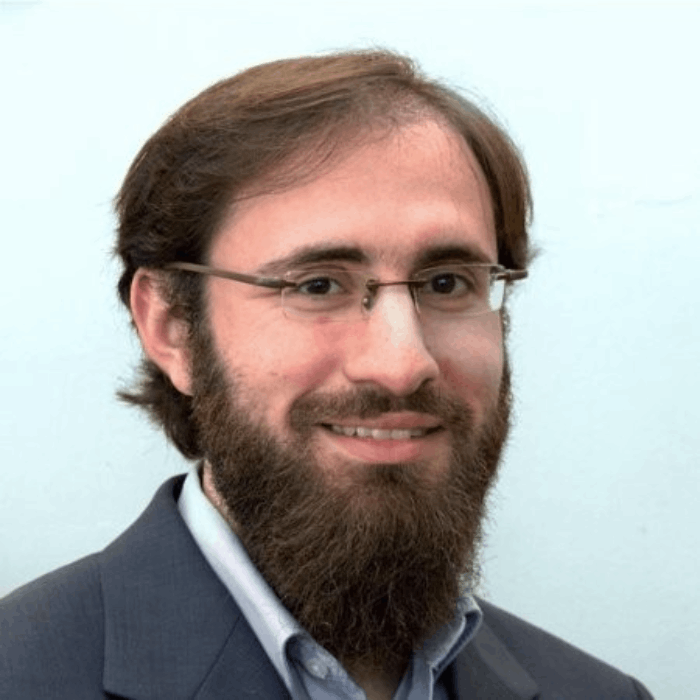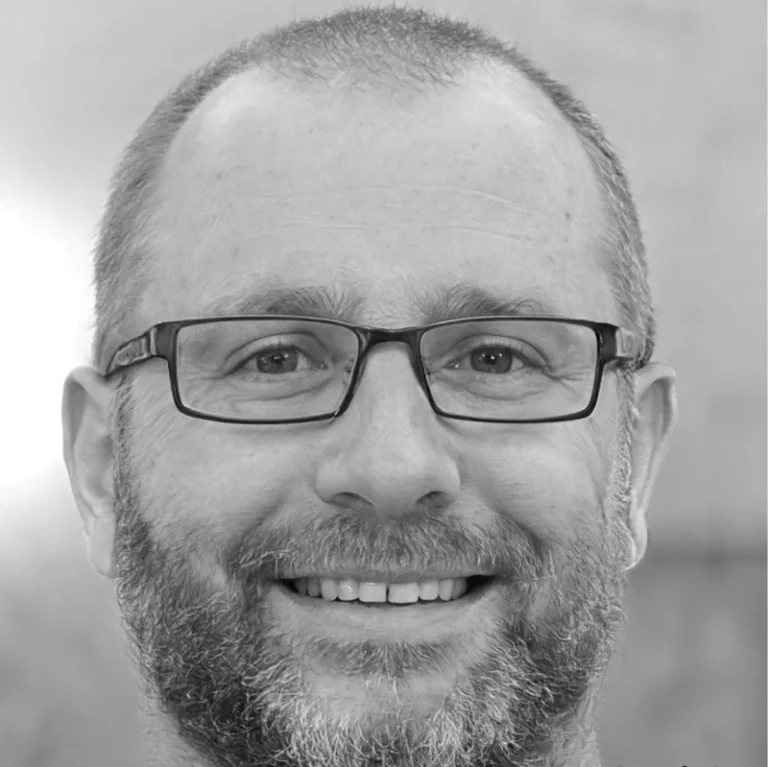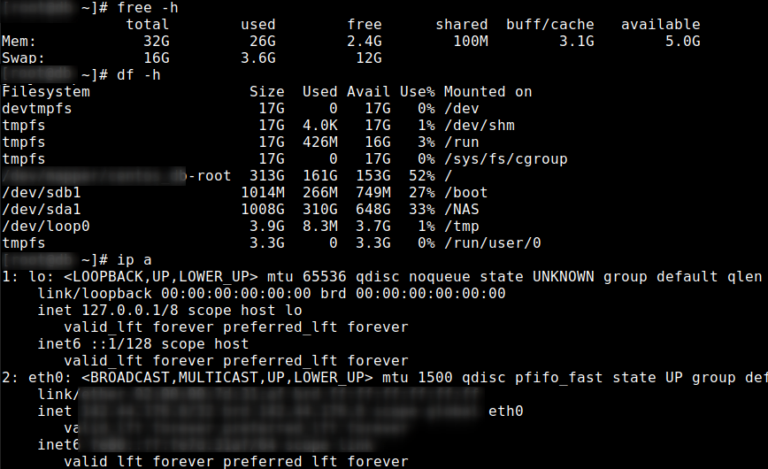Gaudí designed the Sagrada Família as a reflection of nature, with symbolism woven into every inch of the building. Dries Buytaert began Drupal with a similar vision. From early on, the possibility of embedding AI and data was baked into the DNA of the CMS by making Drupal API driven and organised like a structured data engine. Just as Gaudí’s design took time to mature, so too has Drupal taken its time to grow into a complex, detailed solution. Drupal’s data model and APIs have been refined and perfected, much like the intricate sculptures and structures of the basilica.The Glory Phase: This phase, still under construction, represents Drupal’s future triumph as a fully AI-supported CMS and foundation for the open DXP. Just as the Glory Façade will depict the glorious return of Christ, Drupal CMS will be the crowning achievement of the community’s work – the “Christ Tower” of the platform, the pinnacle of what Drupal can become.The Birth Phase: The early years when Drupal was born as a simple CMS, much like the Nativity Façade represents the joy and hope of a new beginning.
A vision of merging old and new
Dries mentioned the comparison towards the Sagrada Familia in the Driesnote in Barcelona and this really resonated with me. Especially after visiting it after Drupalcon. I thought I’d take the comparison a little further, you know, for the fun of it 🙂
Drupal is built by the community
Just as the Sagrada took time to build and is still under construction, Drupal has also taken its time to evolve into a system now recognized as the best web CMS and foundation for the open DXP. Drupal is highly detailed. The fine-grained structure of its APIs and the ability to customize or extend almost every component are akin to the detailed sculptures on the façades of the Sagrada. This makes Drupal unique. It is not a black-box system like many proprietary platforms, but rather an open framework that allows users to build their own solutions. Just as you can wander through Gaudí’s organic forms and discover new details at every turn, Drupal offers endless flexibility.
Taking time and being fine-grained: The power of patience
Drupal and the Sagrada Família share a vision that goes beyond functionality. They are both monuments to collaboration, sustainability, and openness. In a world increasingly driven by commercial interests, we need platforms like Drupal more than ever to create value for society and continue to thrive through the strength of the community.When you look at the Sagrada Família, you see a work that has slowly come to life over more than 140 years. Just as the architect Antoni Gaudí blended the styles of old Gothic architecture with modernist influences and organic forms in the Sagrada Família, Dries Buytaert has done the same with Drupal. The foundation was laid 25 years ago, and now, like the Sagrada, Drupal is approaching a new milestone as it moves towards the Drupal CMS. Drupal has basically absorbed every big lasting trend in web development over the last 25 years.
The three façades of the Sagrada and Drupal’s evolution
Because of Drupal being so fine grained. What becomes possible? AI-supported site building, the responsible AI policy, and modular possibilities for combining AI agents to break up and manage tasks are all examples of how Drupal is not only keeping up with the times but also shaping the future. On top of all this we can build the best open DXP. It’s all coming together.
- In an era where venture capital and large commercial interests dominate technology, there is a pressing need for open systems that are not driven by shareholders, but by the community and for the common good. Just as the Sagrada is ultimately recognized as cultural heritage by UNESCO, Drupal is recognized as a public good. We want to create value for society, to build a platform that is sustainable and enduring. Drupal is not a short-term solution; it is built to last and to serve society through protecting the open web, just like the Sagrada.
- Another striking parallel is the way the Sagrada Família is funded. It is a project by and for the people, financed by private donations rather than by the government or large corporations. Like the Sagrada, Drupal is a product of a global community. Thousands of developers, designers, and companies have contributed to its growth. While commercial systems are often driven by investors and large corporations, Drupal, like the Sagrada, is a project born out of the power of collaboration.
- Just as the symbols and structures of the Sagrada grow out of the natural world, Drupal grows in an organic way, thanks to the contributions of thousands of people worldwide. This is a stark contrast to the artificial systems that are often created by commercial platforms. Proprietary systems are built with the aim of making a quick profit, often without considering the long term. Drupal, on the other hand, evolves continuously due to the community, and that organic growth makes it flexible and sustainable.
The need for open systems
The Passion Phase: The challenges of competition and technological shifts. Just as the Passion Façade symbolizes the suffering of Christ, Drupal has also faced its own challenges. The shift toward Drupal CMS has not been without difficulty, but Drupal is emerging stronger.
An organic process that cannot be imitated
Adding the DXP capabilities on top of Drupal CMS could be seen as the final piece of the puzzle, that will complete Drupal’s capabilities and make it invincible in the market. It will deliver so much value as a complete digital experience platform that it will outclass many proprietary platforms in the market. While dreaming of the Drupal DXP, Drupal CMS is becoming reality. The V1 will be there in january 2025 and the V2 with Experience builder will be there end 2025.
The path forward: Drupal CSM as foundation for the ultimate open DXP
The Sagrada Família is famous for its three major façades – the Nativity Façade, the Passion Façade, and the Glory Façade – each representing a different aspect of the Christian faith. Drupal, too, has gone through three major phases:Here we go:






